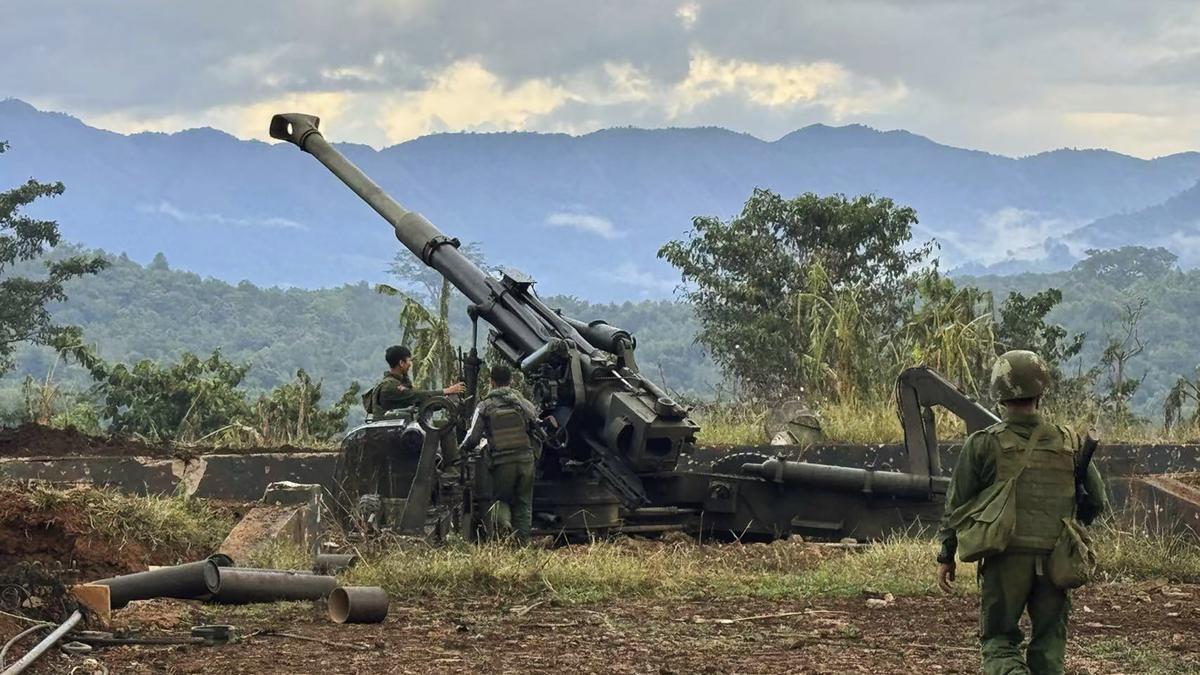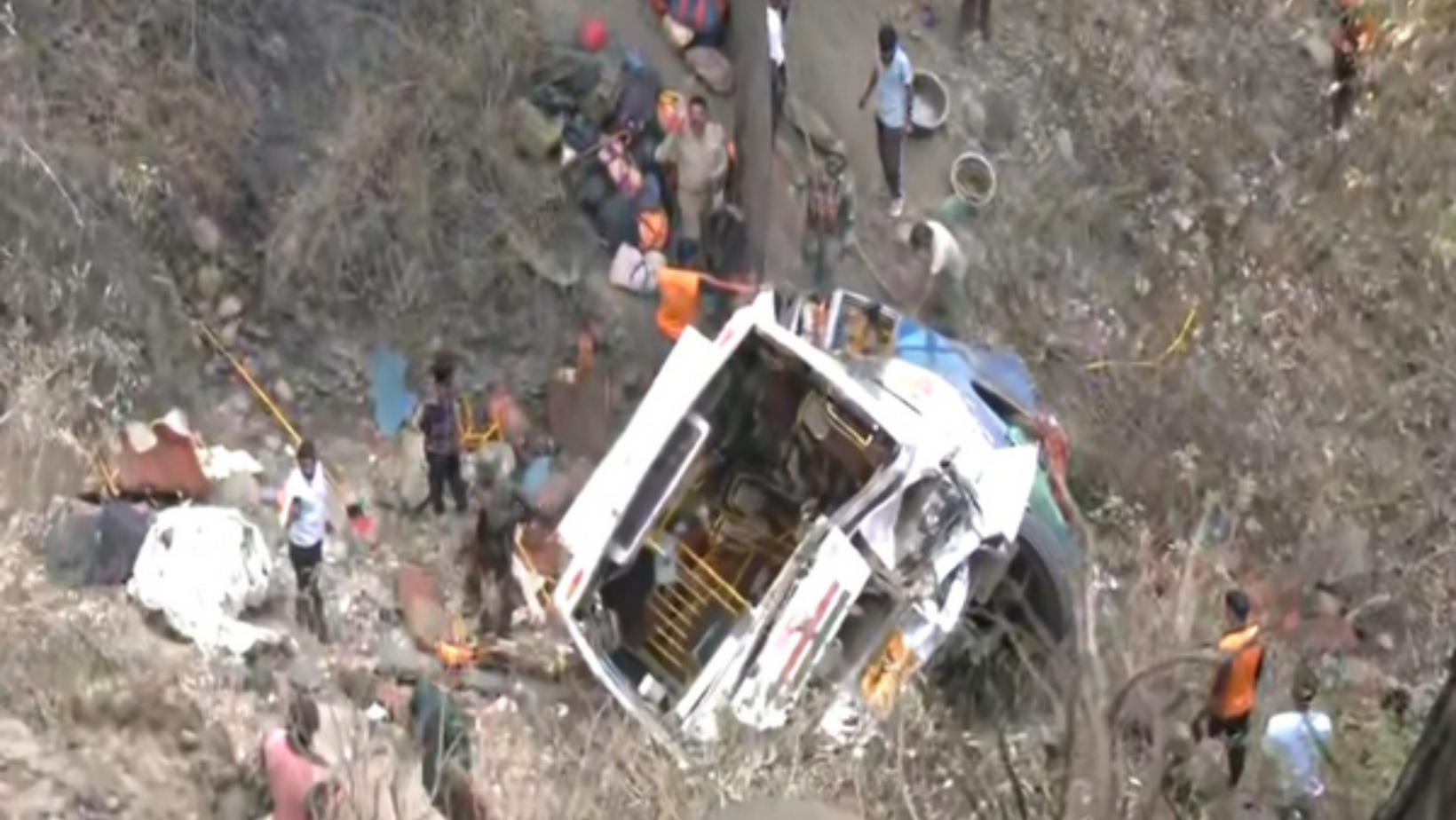Six months into an offensive against Myanmar’s military government, opposition forces have made significant gains, but civilian casualties are rising sharply due to the regime’s increasingly brutal tactics. With the military controlling less than half the country, they have turned to scorched-earth strategies, including airstrikes, naval bombardments, and artillery shelling of civilian targets such as hospitals and churches.
The opposition comprises powerful militias from Myanmar’s ethnic minority groups, such as the Arakan Army, the Myanmar National Democratic Alliance Army, and the Ta’ang National Liberation Army. They joined forces in the Three Brotherhood Alliance, which launched a joint offensive in October. Their quick advances across the north and northeast, capturing key border crossings and military bases, have energized other resistance groups, leading to further gains.
As the military retaliates with increasing violence, the humanitarian crisis in Myanmar deepens. Around 1 million people have been displaced since the start of the offensive, contributing to the more than 3 million internally displaced people in the country. The United Nations’ humanitarian aid agency reports that 18.6 million people are in need, including 6 million children. Food and healthcare supplies are dwindling as fighting intensifies in populated areas.
Myanmar’s resistance has forced the military government to acknowledge its weakening hold. Senior Gen. Min Aung Hlaing’s regime has reintroduced conscription to bolster its ranks. Despite significant gains by the opposition, the military remains far better armed, with support from Russia and China. While many young people have joined the resistance, others have fled to rural areas or neighboring countries to escape the fighting.
China’s efforts to broker a ceasefire in Myanmar’s north have been met with limited success. The Three Brotherhood Alliance’s Arakan Army continues to fight in its home Rakhine state, and other resistance groups continue their own attacks elsewhere. The fiercest fighting has shifted to the southeast, where the Karen National Liberation Army (KNLA) has claimed control of Myawaddy, the main town on the border with Thailand. However, the military has regained control of Kawkareik, a strategically important town along the road connecting Myawaddy to the rest of the country.
Civilian casualties are rising as the military’s scorched-earth tactics target more populated areas. The Assistance Association for Political Prisoners reports at least 1,015 civilian deaths from November 1 through May 1, with the total civilian death toll since the military coup exceeding 4,962. The military’s increasing brutality has led to widespread destruction, including the demolition of 343 hospitals and clinics since the coup, accelerating in recent months.
While the opposition’s unity has brought substantial progress, questions remain about its stability should the military government fall. Despite common cause in fighting the regime, territorial disputes among resistance groups pose a potential threat to future peace. An incident in northern Shan state, where two members of the Three Brotherhood Alliance traded fire over a territorial dispute, underscores the challenge of maintaining unity among diverse resistance forces.
Myanmar’s future remains uncertain as the civil war continues to unfold. While there is broad agreement on the need to remove the military regime, finding a common path forward may prove challenging for the various factions within the opposition.






